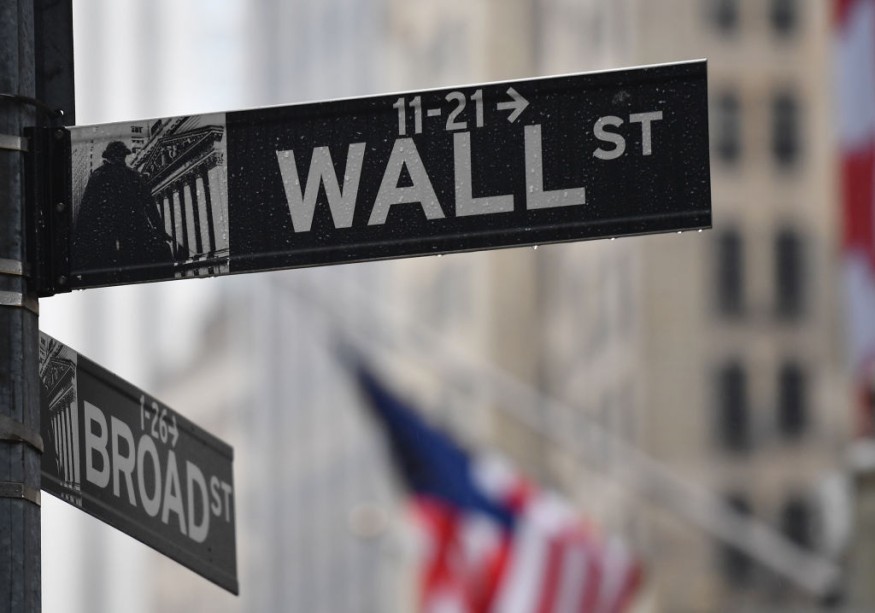Is the Bond Market Bloodbath Over? Why Now Might Be the Time to Jump In

Bonds have diverged from their traditional role for several years, a trend largely attributed to the Federal Reserve's efforts to combat inflation by raising interest rates to levels not seen in 23 years. Instead of providing stability to investment portfolios, bonds have failed to preserve capital and have even incurred losses for investors.
Given this challenging landscape, investors are now advised to reconsider their approach to bonds. Despite recent poor performance, there are compelling reasons to maintain exposure to bonds in a diversified portfolio.
Looking forward, the current pessimism surrounding bonds could set the stage for improved performance ahead. Successful investing hinges on anticipating future trends rather than dwelling on past outcomes, emphasizing the importance of strategic positioning rather than attempting to time market movements perfectly.
Drawing an analogy, Morningstar investment writer Danny Noonan likened the current sentiment towards bonds to skepticism towards Steve Jobs during his initial departure from Apple in the 1980s. Jobs' subsequent return and the revolutionary success of products like the iPhone underscore how initial setbacks can pave the way for significant future gains, akin to potential opportunities in bond investments.
The bond market has experienced significant financial strain recently, exemplified by the Bloomberg US Aggregate Bond Index plummeting more than 17% from its peak in August 2020, a decline typically associated with stock market downturns rather than the traditionally stable bond market.
Asset Class
Despite these challenges, historical trends suggest that no asset class remains in a prolonged downturn indefinitely. Moreover, the current landscape offers a potentially brighter outlook for fixed-income investments.
Bond yields are currently at their highest levels in over 15 years, signaling a favorable starting point for investors. Additionally, with expectations leaning towards potential future rate cuts rather than hikes by the Federal Reserve, the environment for bonds appears more supportive.
Lawrence Gillum, chief fixed income strategist at LPL Financial, notes that there remains a strong correlation between the performance of bond funds and the initial yield at which they are purchased. This relationship underscores the significance of current high yields in providing a buffer against potential price declines.
Saira Malik, chief investment officer at Nuveen, echoes this sentiment, highlighting that today's elevated yields also serve as an income cushion, which can help mitigate short-term volatility in bond prices.
The Fed's Current Strategy
Recently, the Federal Reserve chose to maintain its key interest rate, the Fed Funds rate, unchanged at a range of 5.25% to 5.5%. Additionally, the central bank revised its projection for potential rate cuts this year, reducing the number from three to one.
Despite these adjustments, the landscape for high-quality bonds now offers yields ranging from 5% to 6%, presenting bond investors with an opportunity to benefit from prolonged interest compounding, which Leslie Falconio, head of fixed income strategy at UBS Global Wealth Management, views as a favorable tailwind.
Optimistic Outlook for Bonds
Amidst prevailing uncertainty in fixed-income markets, bonds remain UBS' preferred asset class. Falconio emphasizes that beyond attractive yields, the potential for bond prices to appreciate when the Fed eventually decreases rates is a compelling factor. Given the inverse relationship between bond prices and yields, a decline in yields would lead to higher bond prices, resulting in solid total returns combining yield income and capital appreciation.
Falconio maintains a pragmatic stance, neither expecting a significant immediate drop in rates nor anticipating a rapid decline in inflation back to the Fed's 2% target. However, she also does not foresee a scenario of rising rates due to a reflationary environment. She anticipates a downward trajectory for the Fed Funds rate, advising investors to focus less on the timing of the first-rate cut and more on positioning their bond portfolios to capitalize on potential future bond price increases.
Related article : Dow Swings Wildly, Closing Sharply Lower in Sudden Turnaround
The content provided on MoneyTimes.com is for informational purposes only and is not intended as financial advice. Please consult with a professional financial advisor before making any investment decisions.
Copyright © MoneyTimes.com











